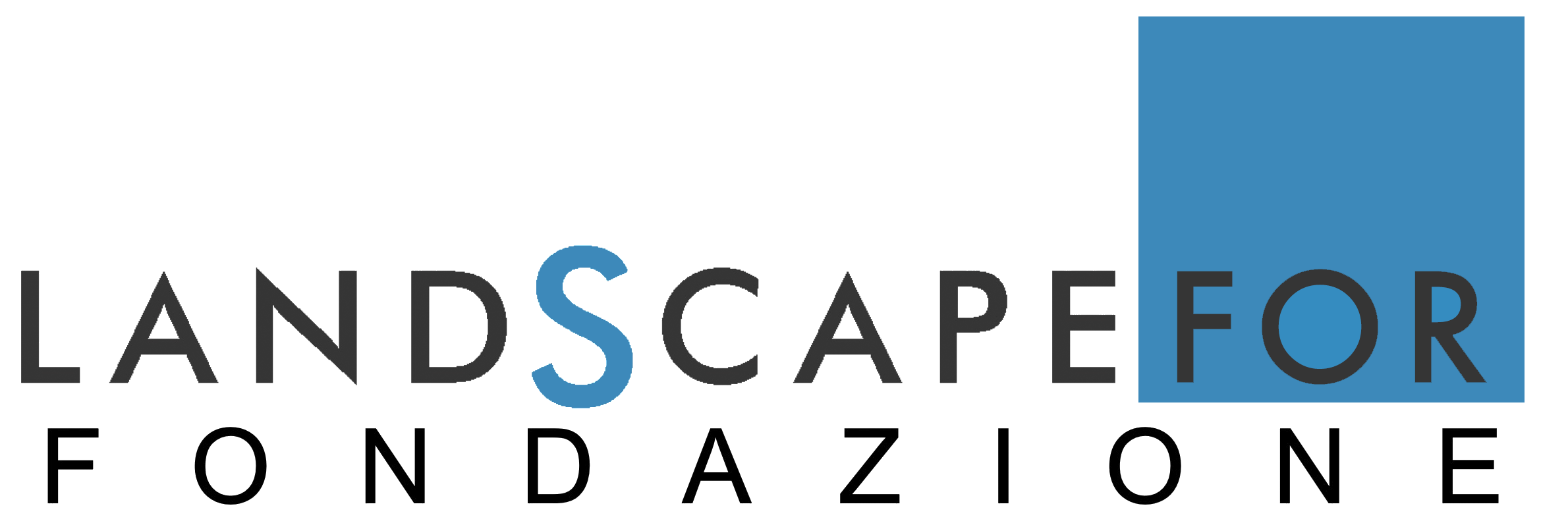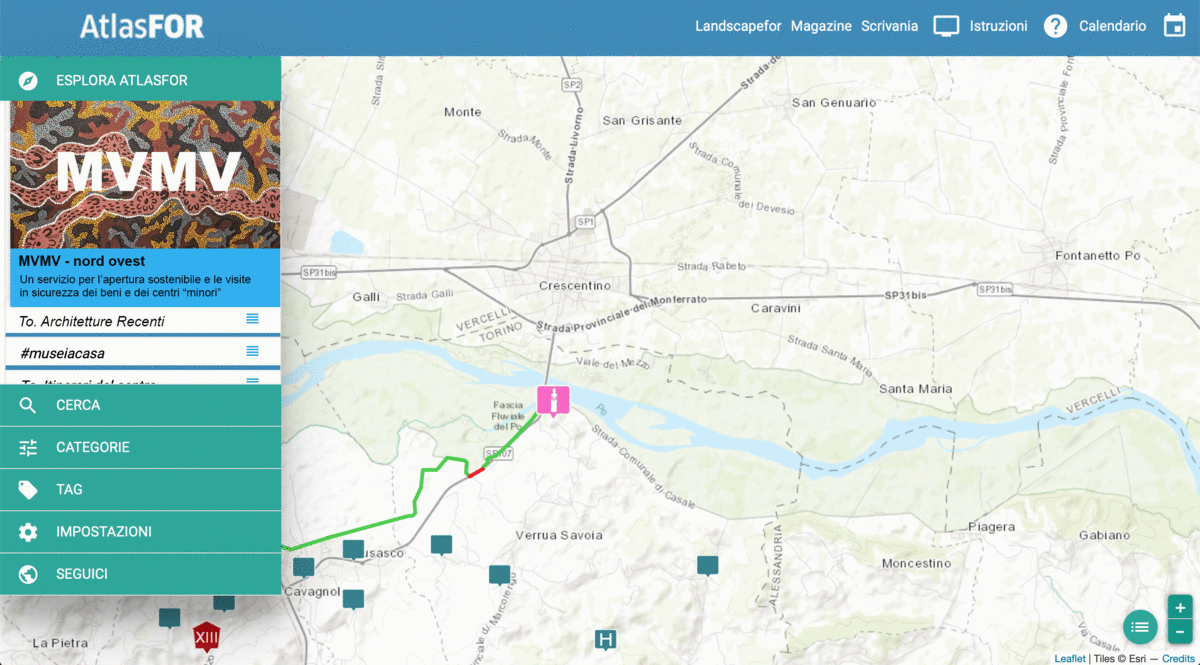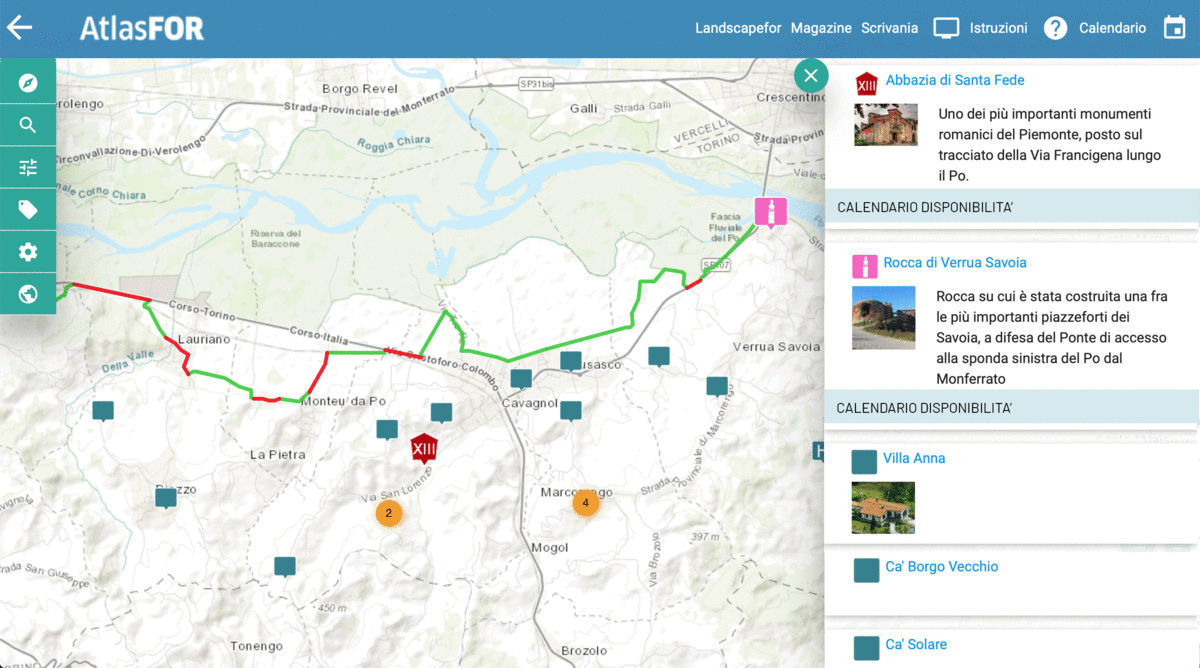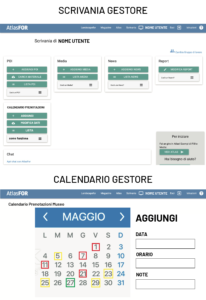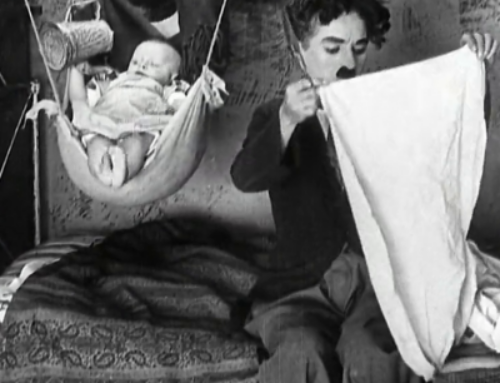Routes to safely visit the widespread cultural heritage
It is a strange season, in which we can move with a certain caution, staying close to home, avoiding crowded places. The magnetic poles of our geography are reversed: popular destinations are off limits, low-cost flights are out of the question.
So we are heading for new shores, but close by.
It is a unique opportunity to valorise diffuse assets, promote proximity tourism, slow mobility, small groups and in-depth visits.
A potential demand is forming, the numbers of which, within 150/200 kilometres of metropolitan cities, are interesting. But it is a weak, uncertain demand, unaccustomed to building itineraries based on ‘minor’ destinations, and the territories are also ill-equipped to present themselves as a whole, as landscapes integrating many different points of interest.
Because of these contradictory perspectives, on the one hand promising and on the other in need of services and support, the LandscapeFor (LSF) association is launching the MVMV – Nearby Wonders, Never Seen – project, a coordination service for the sustainable opening and safe visits of ‘minor’ assets and centres.
We at LSF know the situation well: with our AtlasFor atlas we have catalogued – around the major cultural poles – dozens of small museums, sites of cultural importance, historical nuclei that constitute an extraordinary and almost unknown wealth.
In times of ‘spreading’ tourist flows, recognising the proximity and possible relationships of these diffuse assets can be a formidable resource for the proximity tourism that will characterise holidays in the coming years. At the same time, new tools and services are needed to address the needs of the emergency: securing visitors (starting with establishing the capacity to access the assets), managing bookings, making oneself visible in the diffuse cultural tourism offer.
The MVMV project provides actors promoting the use of diffuse cultural heritage
- tools to coordinate visits and make the services of local cultural operators sustainable
- services to facilitate proximity tourism in terms of accommodation and catering.
The objectives of MVMV
1. First phase (from June 2020): to increase the visibility and orderly and planned accessibility of diffuse cultural heritage assets and sites and related accommodation services, with a web app that makes the assets and centres of entire territorial areas known and informs tourists about their accessibility status (days and times free of reservations).
2. Second phase (from September 2020): Enhance the promotion of visitation of diffused assets by reservation, with app or web app functionalities that allow local operators to assign codes to visitors to have automated access to assets (with a drastic reduction of the need for local manning where assets are remotely video-monitored).
An operational tool
It is a question of giving the space it deserves to a great heritage of underutilised assets, which we estimate at at least 500 per region, 10,000 in Italy. Health regulations can be the final block for many of these, if they are considered too difficult to solve, or vice versa an opportunity to be recognised and enhanced, if they can be tackled together and simply, with small digital services to overcome the obstacles.
This is why in the MVMV project we propose to use a partition of our AtlasFor atlas adapted to the new requirements, in order to immediately offer a map and cards for points of interest that constitute both a showcase of little-known assets in territories without major polarities, and a framework for coordinating bookings already made and their accessibility, which is necessary to allow visitors to organise itineraries in entire little-known areas and to access cultural sites safely.
In addition to the fact sheet for each point of interest (which tells the story of the cultural asset or activity being managed through images, for which please refer to the Discover AtlasFor video), the new functionalities envisaged and the project implementation methods are outlined below.
User functionalities
Entering AtlasFor, you will select the icon of a point of interest on the map and a tab divided into chapters will open. By clicking on the calendar, you will be able to view the updated status of bookings, with dates and times available for the visit in safety.
To book directly from AtlasFor just click on the LOGIN AND BOOK button: a short registration will redirect you back to the calendar page where a contact form with the operator will be available.
When you frame the area you wish to visit in AtlasFor, with the ‘List’ option you have all the points of interest in the area (cultural and service) at your disposal to organise a visit programme and a travel itinerary in the area. At the same time, a button will always be available to access the calendar and view availability.
Functionality for the local operator (first phase)
The MVMV service is offered by a commissioning party (institutional or non-institutional) interested in promoting the recognition and enjoyment of cultural assets spread across a territorial or thematic area and is aimed at local public or private cultural operators and the third sector (managers of museums, archaeological, military and industrial complexes, villas, churches, public buildings, historical centres and cultural landscapes, intangible assets, events, etc.).
LSF prepares a ‘technical’ catalogue of points of interest in the area to be served. The list is validated by the client (the initial list has at least 60 POIs for each identified area, and it is easy to implement it later on request). The list is joined by the operators managing the identified assets or producers of qualified accommodation services (b&b, catering, etc.).
LSF sends a call to the operators managing the identified assets to join the project free of charge. The local operator who joins communicates (with a format based on the standard to be respected) the maximum capacity for visiting or enjoying the asset in safety, the visiting hours and days, and the references to direct visitors to bookings.
The operator registers within the platform and logs in on the desk, where he will find the button to reach the calendar. The first time he logs in, he will have to set the basic data, then he will edit the calendar to integrate new bookings.
